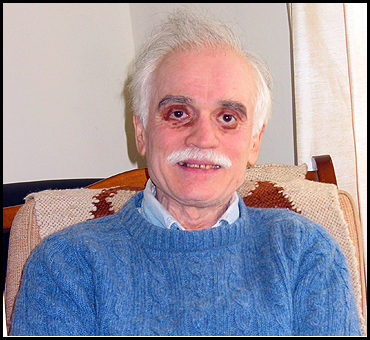(1904-1981)
 |
I call him as Kakka. He taught at Sadumar, Beawar, Saharanpur, and Hastinapur. Most of his work was done free-lance while teaching Siddhant, Prakrit and Nay to monks and layman. He was at his best in one-to-one dialog, although he was also sought out for talks in large religious and non-religious gatherings. He published over two hundred articles. His major work was in bringing the Prakrit texts of The Dhavlas, Tilloypannati, Kasay Prabhat (pahud) and Karm Prabhat. His other works include Jin-sahashranam, Basunandi Shravakachar, Prakrit Panch-sangrah, Jain Dharm-amrit, Karm-prakrati, Shravakachar Sangrah (in five volumes with 33 Shravakachar), Davodaya Champu, Sudarshanoday-kavya, Jayoday-mahakavay (first half), Pramay Ratnamala, Dasha Vaikalic Sutr, Drvyasangrah, Jita sutr, Dash-shrutskandh, Nishith-sutr Prayashchit-sutr, Sthananga-sutr, Samvayang-sutr, Sudarshan-charit, and Vir Vardhman-charit. One of his later works on the interpretation of mantr and sutr was in the review process at the time of his death. It was later published by the reviewer under her own name! Cont...
 |
Son of Hiralal Jain (Kakka)
His formal education was in modern sciences. As Professor of Chemistry and Biochemistry (www.udel.edu) at University of Delaware (USA) he has published over 200 original research articles and scores of reviews and books in the field of membrane biophysics and interfacial enzymology. He formally studied Sanskrit and elementary Jain Siddhant. He cultivated a parallel interest in the thought processes and devices through which humans reduce the level of doubt through empirical reasoning. This interest has resulted in the interpretive translations and essays on this site. As emphasized in these volumes, if interpreted in terms of the ancient works the syad, anekant, and anugam methods not only a mathematical structure but also have conceptual affinity to the deeper structure of human thought.